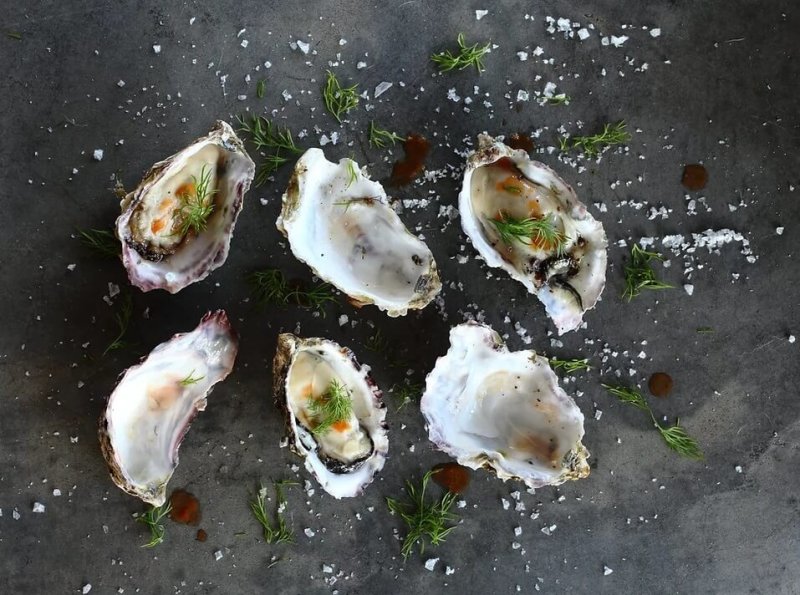Pearlita Foods has set out to make the first cultivated oyster meat. Its mission is to “harvest the ocean’s finest foods” and “revolutionize the way that people eat the sea’s finest delicacies through ethical, clean and sustainable methods”. Pearlita aims to produce oysters with no reliance on the ocean or live animals, by using stem cells and bioreactors to produce cell-based oysters that have “rich flavour and substantial nutrition”.
Oysters used to be abundant around the world. However, the company, based in North Carolina in the US, claimed that today over 85% of wild oyster reefs have been lost globally. With ocean temperatures rising and contamination, the future of oyster farming is uncertain, the company warned.
Is there consumer demand for this type of product? [Pearlita CEO Nikita Michleson] estimated that current practices can only meet 30% of the demand for global mollusks and shellfish. “There is a lot of room for us to grow and tap into,” she said. “By using this type of technology we’re really able to make something that is typically a coastal delicacy accessible to everyone, everywhere.”
Cell-based food is “bioidentical to the traditional product”, proclaimed Andrew Ive, CEO and founder of Big Idea Ventures, an early stage accelerator. “The technology is getting there very quickly,” he added. “The challenge we have is the regulatory environment. Governments are not keeping pace with where the technology is going.”































